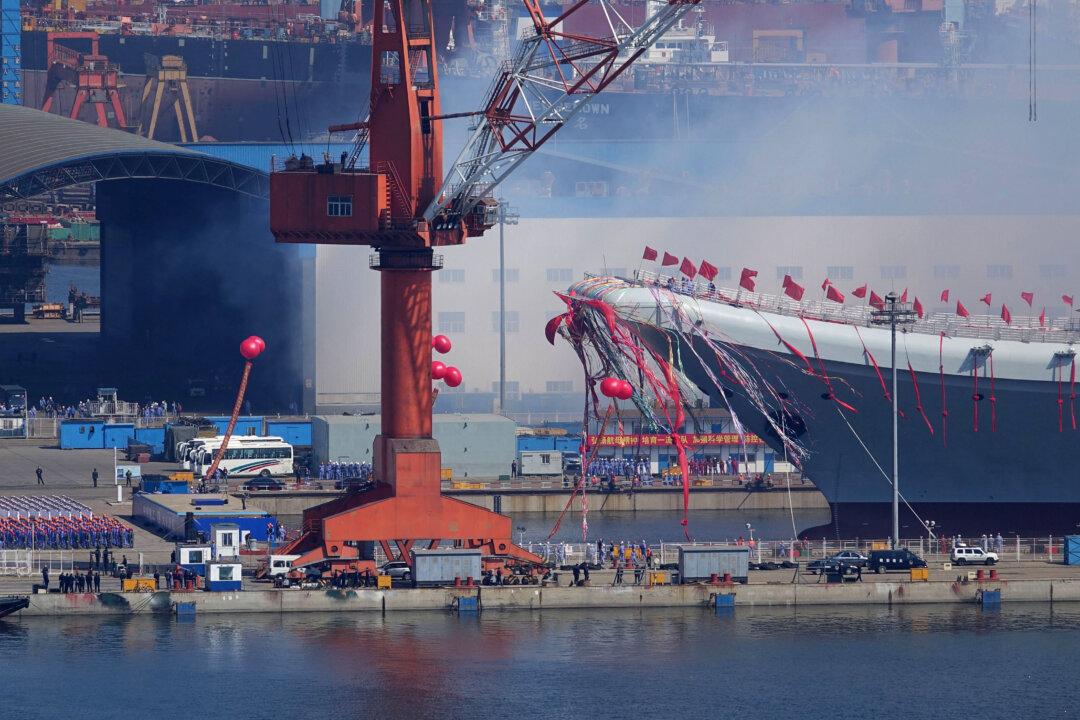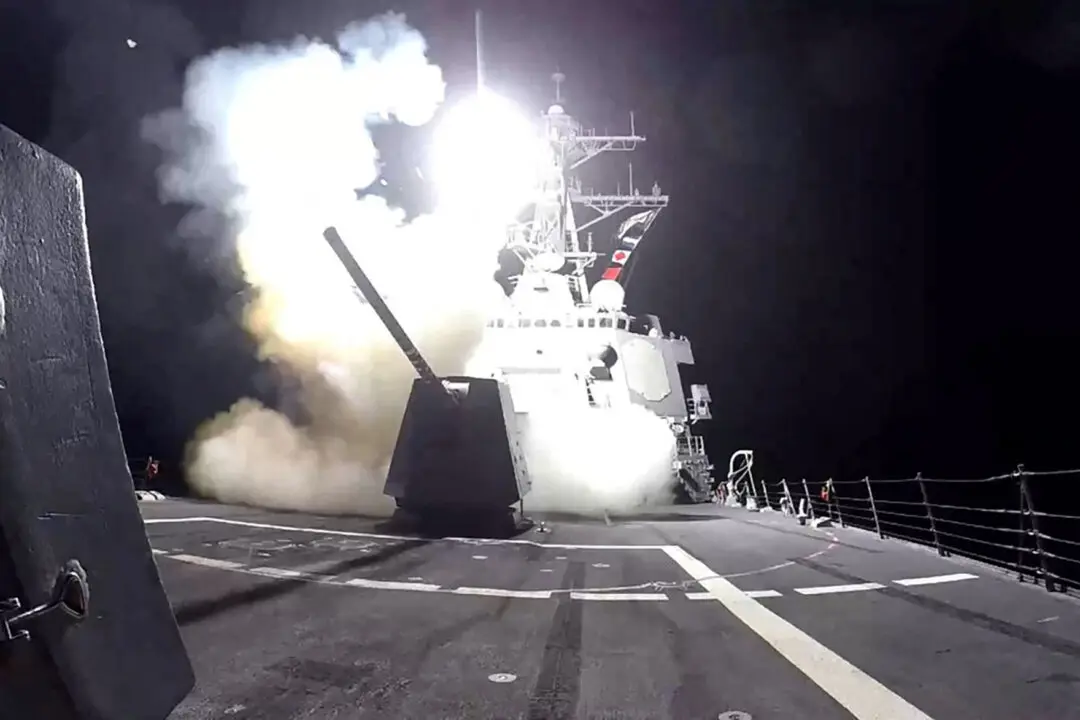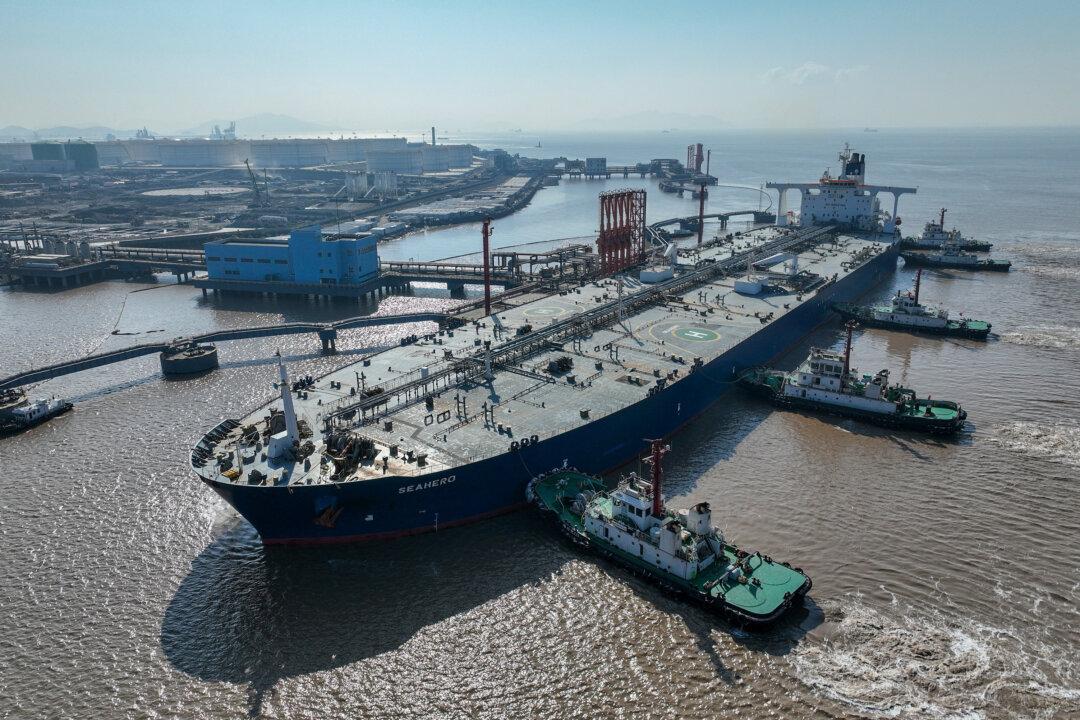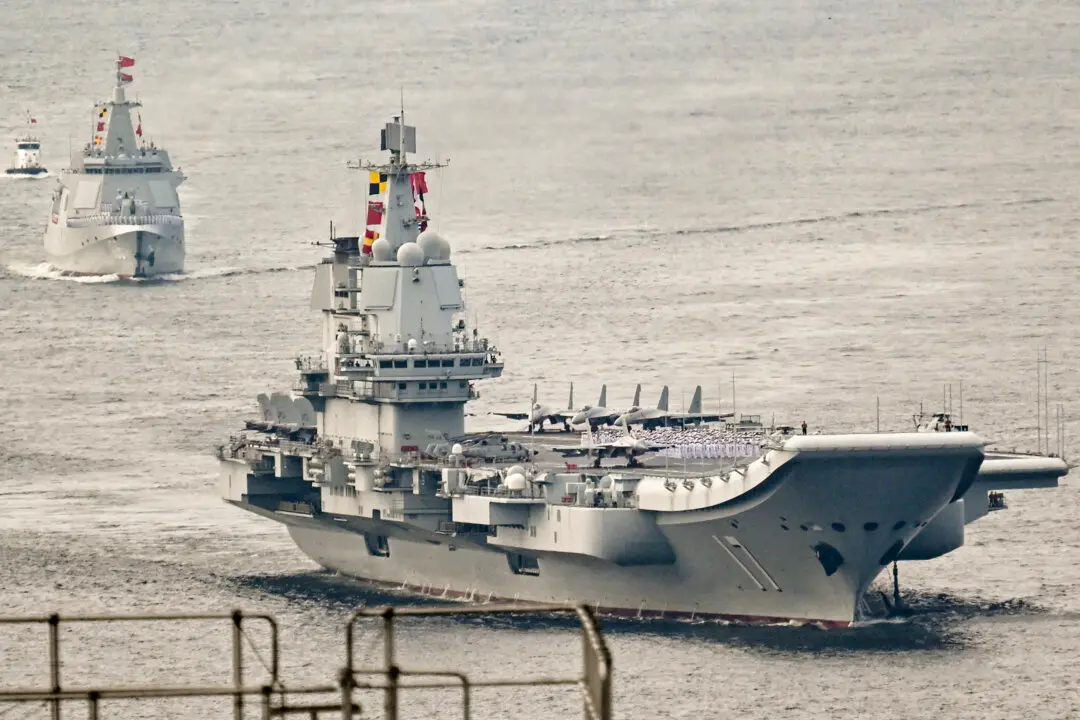International demand for commercial ships is fueling the growth of the Chinese navy, according to a new report, which found that billions of dollars in foreign shipbuilding contracts could be being used by Beijing to fund new combat vessels.
The new report by the Center for Strategic and International Studies, a security-focused think tank, found that four major shipyards responsible for building Chinese naval vessels also raked in billions of dollars in foreign commercial investment and technology transfers every year.




